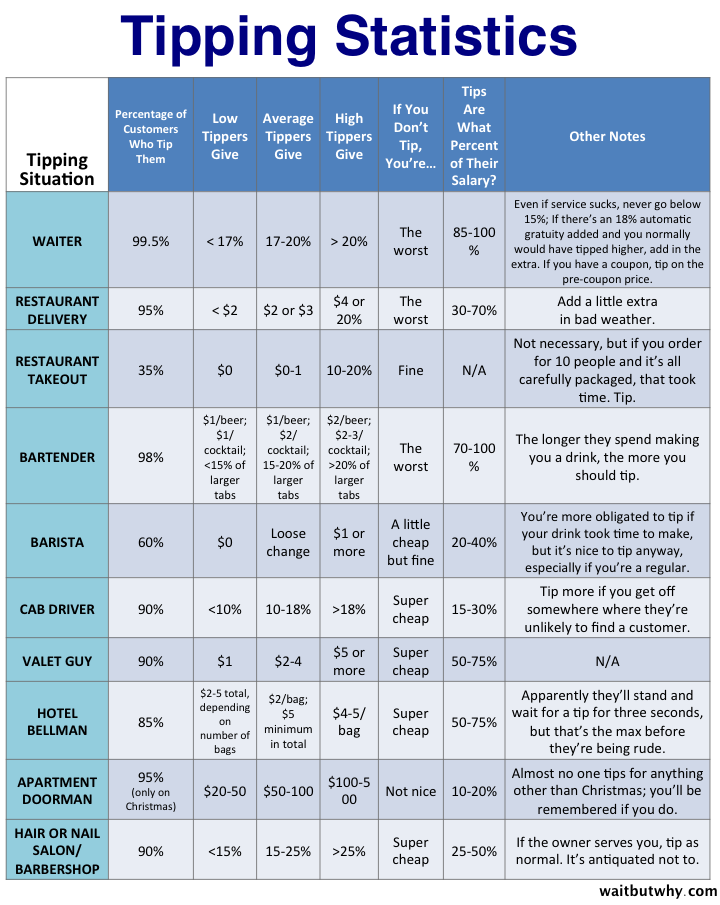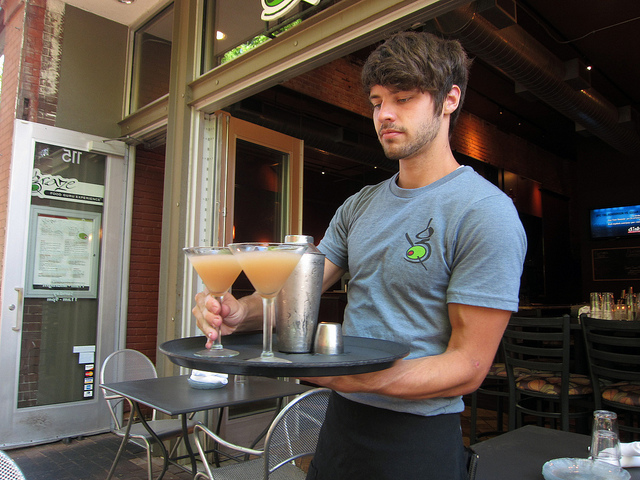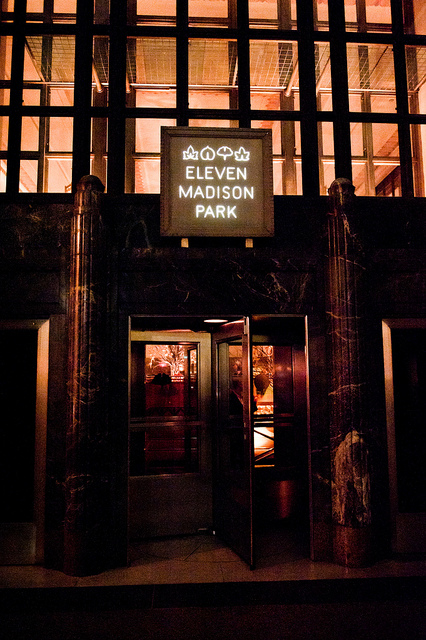This Viral Chart Shows How Much You Should Be Tipping
By:
We all know you're supposed to tip your server at the end of a restaurant meal. And most people know to tip their bartender, or cab driver too. But how many times have you been in a situation where tipping conduct is less obvious—like at a nail salon, or a barbershop—and wondered how much to tip, or even whether to tip at all?
And then there are the even more specific situations: Do I tip a percentage on a bar tab, or is it per-drink? Should I tip my doorman at times other than during the Christmas season? It's confusing, and well, nobody wants to seem like a jerk.
Well, the internet has your back.
This handy guide to tipping tells you everything you need to know for the most common tipping situations so that you don't under (or over) tip. And it comes with an easy to follow chart:
 waitbutwhy.com - waitbutwhy.com
waitbutwhy.com - waitbutwhy.com
So there you have it. Somewhere in the 20 percent area for the nail salon and a couple hundred bucks for your doorman at Christmas and you'll be set. The guide has a few more interesting quirks—like the fact that cocktails garner a larger tip than beer, presumably to reflect the labor involved. Perhaps a similar logic should apply to lattes vs. regular coffee, though the chart doesn't make a distinction there.
 Alan Light - flickr.com
Alan Light - flickr.com
But wait a minute, 15 percent at a restaurant for bad service? Wasn't that always the average tip for standard service?
Well, one handy part of the chart shows what percentage of a worker's income is made from tips. For most waiters, tips constitute a significant part of their wage. The rate varies from state to state, but under federal regulations, waiters are only required to be paid $2.13 an hour. That rule applies to any employee that makes over $30 a week in tips, not just waiters. If their average hourly tips in any given week do not add up to $5.12—the difference between $2.13 an hour and the federally mandated $7.25 an hour—employers must make up the difference. So through their tips, customers are essentially deciding how much over the federal minimum wage servers get to make.
So far, 32states have implemented higher minimum wages for tipped workers, but those states are also generally the ones with higher minimum wages for all workers—and a higher cost of living.
That's a bizarre system.
Yes, it is. And the genesis for this strange economic practice? Racism. According to Mother Jones, tipping emerged in the U.S. as a popular practice in the late 19th century, as a way for business owners to employ former slaves to work for tips alone. It's a system specifically designed to underpay workers. And it's still working—nearly 15 percent of U.S. waiters and waitresses live below the poverty line, compared to 7 percent of all workers, according to the Wall Street Journal.
 star5112 - flickr.com
star5112 - flickr.com
Some restaurants are taking a stand.
Some—like famed New York restaurateur Danny Meyer of Eleven Madison Park and Shake Shack—have chosen to eliminate tipping in their restaurants, opting to pay their servers a fair wage instead. While there has been pushback to the change—since restaurants who eliminate tipping have to raise the prices of their food—Meyer laid out a strong defense of the new policy in an interview with WNYC:
"Tipping is actually one of the biggest hoaxes ever pulled on an entire culture, the American culture. Tipping started in our country right after the Civil War. The restaurant industry, as well as the Pullman train car industry, successfully petitioned the United States government to make a dispensation for our industries that we would not pay our servers. But it wasn’t considered slavery because we would ask our customers to pay tips and therefore no one could say they were being enslaved."
